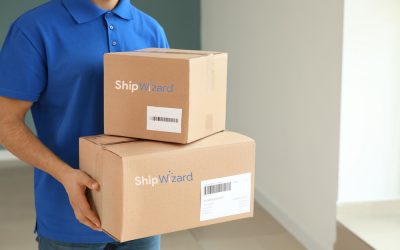Partnering with a 3rd party logistics (3PL) company can open a door to better omnichannel fulfillment, more advanced warehousing and distribution tools and more responsive order fulfillment software—but not all 3PLs are created equally.
In fact, many aren’t really flexible enough to handle business in today’s fast-paced world. With that in mind, have you ever asked yourself just how flexible your fulfillment service really is?
The New Flexible Fulfillment
Searching for a modern fulfillment partner can be difficult, especially if your company needs a flexible or more nimble option.
Providing up-to-the-minute warehousing and distribution for a website and a physical location poses a unique challenge for a 3PL. Instead of just moving products from one part of the supply chain to the next, a flexible supply chain requires that packages be able to move back and forth and side to side as well.
Instead of empty shelves in your physical locations and fully stocked eCommerce warehouses, or making customers wait for backorders on your website when your brick-and-mortar (B&M) locations are fully stocked with products, flexible 3PLs keep products flowing to all areas of your business. Overstocks in the eCommerce section flow to the understocked B&Ms, while your warehouse supply is reordered. The simplicity of the system is the beauty of it: because products flow between sales areas and share a storage facility, you never have to worry about running low on anything.
Flexible Systems Can Handle Channel Spikes
Keeping products flowing between channels is a great reason to want a flexible fulfillment system, but at the end of the day it’s simply a convenience for businesses that have a regular demand flow. One of the very best things about a flexible fulfillment system is how quickly it can respond to spikes in demand from particular channels.
Let’s say, for example, your latest clever mobile ad suddenly takes off and goes viral and creates a huge demand for a particular product from your eCommerce shop. Having all that demand means that your eCommerce order fulfillment arm is suddenly out of product, but instead of forcing new buyers to backorder the product, you can continue to fulfill the item from your retail stores. It’s a great option that keeps channels from having to say no to customers when they clearly want you to say yes.
Flexible fulfillment is the next generation of 3PL for companies with multiple sales channels. Shuffling boxes between eCommerce, retail locations and a single supplying warehouse system can be more efficient than trying to maintain multiple warehouses. Flexible fulfillment saves businesses like yours time, money, effort and most of all, prevents frustrated customers. That’s something everyone can appreciate.









